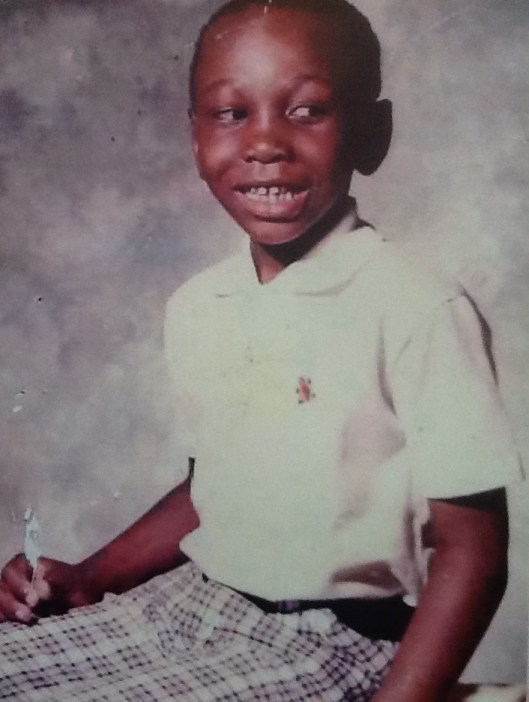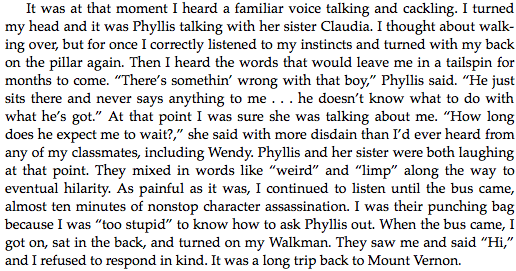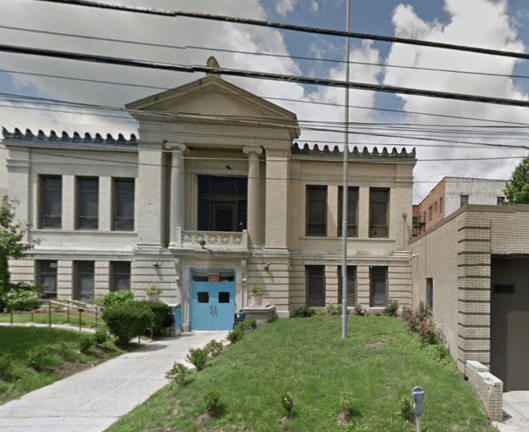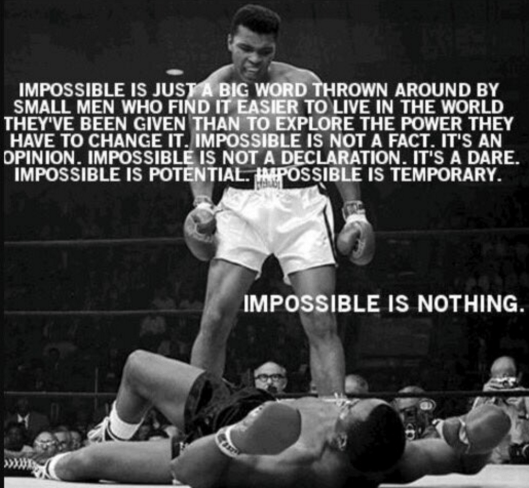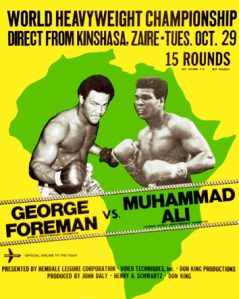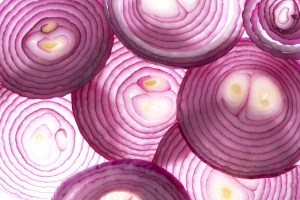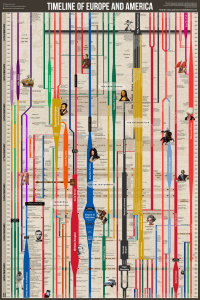Tags
Blackness, Colorism, Juan Mezzich, Pitt, Privilege & White Proximity, Publishing World, Rebecca Carroll, Self-Discovery, Surviving the White Gaze, Western Psychiatric Institute & Clinic, Whiteness

The other and more direct parallel with Carroll’s journal in Surviving the White Gaze that comes to mind was someone I worked and went to school with at the University of Pittsburgh. For the sake of simplicity, let’s call her Heather, because I can no longer recall her name. She was a Black/biracial young woman from Erie, Pennsylvania, adopted by a white couple as a baby. I met her my third year at Pitt in 1989, when she was a freshman. We worked together for a while on a psychological epidemiology project that the great Juan Mezzich ran, as part of a larger project to revise the Diagnostic and Statistical Manual of Mental Disorders (turning the then-DSM-IIIR into the DSM-IV) and the International Classification of Diseases (turning the ICD-9 into the ICD-10). Aside from the fact that I thought Heather was cute, the first thing I noticed about her was her hair. It had been straightened, permed, and blown out beyond all recognition of a curl. Even at 19, I knew immediately that she was biracial, and didn’t have a Black woman who knew how to do her hair in her life.
I didn’t say a word. It wouldn’t have mattered if I did. Heather was very much standoff-ish, to me and the couple of other Black and Brown students who staffed up the project. She got along extremely well with the White students and staff, though. She rarely said hello when I saw her outside of Western Psych, on or off campus. Honestly, I felt sorry for her.
In the summer of 1991, when I became a full-time staff member on another of Mezzich’s projects, I worked with Heather for a few weeks. This was when I learned more about her upbringing and extremely limited exposure to Black folk. The questions she would ask about what I listened to on my Walkman, songs by Anita Baker, PE, Earth, Wind & Fire, even Phil Collins. She was maybe two years younger than me, and only knew ‘70s and ‘80s rock. Wow.
But, one day, Heather or another staff member had asked me a question — I don’t remember who asked, or what the question was. It one with a historical component, which I answered in typical granular exactitude, because, me. “Are you autistic or something?,” Heather immediately blurted out, as if I had some disease she had yet to see first-hand. “If by autistic, you mean the Rain Man movie? No, I just have a very good memory,” I answered back, rhetorically, with irritation and a bit of side eye. “Oh, I didn’t mean to offend you,” Heather continued, and then she went on for several minutes about why she thought I was autistic.
I was gobsmacked by Heather’s entitled ignorance and by the racist and ableist implications of her questions and response. Seriously? I’ve been living on my own, mostly successfully navigating the world since I was 17, adulting since I was 12, and somehow I’m Dustin Hoffman with the most serious form of this neuro-social illness, all because my memory is stronger than a bank vault made of titanium and cobalt? And all this because I’m probably the first Black guy you’ve met with a bachelor’s degree from anywhere other than podunk Western Pennsylvania? All this and more ran like a chyron in my brain as I listened to Heather, now sensing my ire, stumbling over her words to make herself sound like she knew what she was talking about.
There were more than a few places in Carroll’s book where I saw the girl and the young woman that I saw in Heather, taking all of her assumptions about Blackness, about Black people, about whiteness and race, and applying them, often in damaging ways. I was absolutely disgusted at what Carroll and Tess did to her one-time English professor and advisor at the University of New Hampshire. I literally stopped reading Surviving the White Gaze for a week afterward. How could you?!?, I thought. Even with zero exposure to Black men, you had to know you put this man’s job in jeopardy over a minor utterance. You had to know that Tess’ vitriol toward him was about him not finding her intellectually interesting, or worse still, rebuffing potential flirtations. As a professor teaching mostly white students off and on for nearly three decades, I know this part all too well.
Carroll gradually embraced and uncovered her Blackness, over time, through years of alcoholism and eating disorders and fresh traumas from folks White and Black in her life. Her experience, though, is all too uniquely common from where I sit. There is the all too common story of someone the product of a Black-White relationship stumbling through life to discover their true selves and their Blackness, a story that is sadly still so easy to sell to a white-dominated book publishing industry and to a white-reading audience. But even for this sub-genre, Carroll’s willingness to reveal more than she conceals is really necessary, even as it feeds the beast, because she is still a work-in-progress at 52.
There is also the all-too-common assumption that Black folk who aren’t raised by white parents or the product of a biracial pairing somehow don’t have any identity issues at all. Seriously? Anyone ever read Toni Morrison’s The Bluest Eye? We live in a white-dominant society, with white supremacy and white-ways as its main, everyday features. While most Black folk know and love their Blackness, it does not mean there isn’t a struggle to secure our identities as Black folk. Proximity to white people, class privilege, gender, age, and more play a role into the growing-pains-trajectory of how each of us gets to be comfortable in our own skin (or not).
As for Wendy and Heather, it’s difficult to say where they are on their own trajectories. I haven’t spoken to either of them in years, decades in Heather’s case. But last time I saw Heather, it was May 1995 at a Pharmor store in the East Liberty section of Pittsburgh. I had just received my Spencer Fellowship award to write my dissertation. Heather was different, too. Her hair had gloss and curls, and her clothes fit better. We ended up talking for a few minutes, with me wishing her well. In thinking about this moment, I’ve wondered if Heather ever fully embraced her Blackness. In my imaginations, I think of her as having done so.

